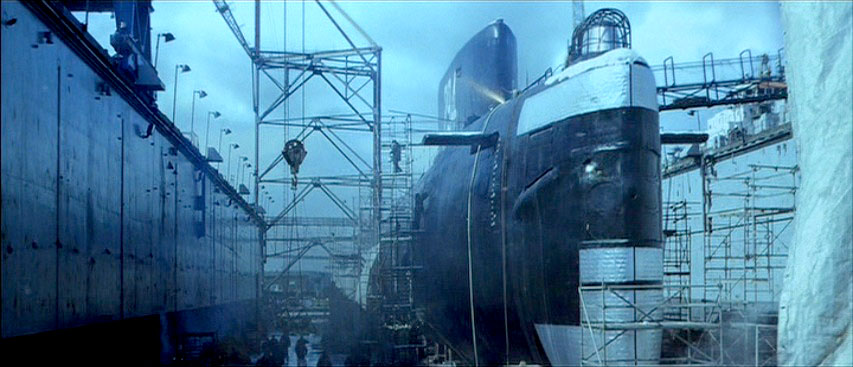Michael Novotny

AS: What are a couple of the steps that you go through from the point of getting the script to shooting the movie? Do you sit down with a sketchbook or do you just discuss how you’re going to do it?
MN: It varies script to script. Some scripts require a lot of very specific sketching, some scripts require none. A lot of it’s just conceptual. I read the script once, very briefly, just to get an overview. That’s mostly to send an emergency message to the location manager saying, Here’s the big one this time. Then we tackle that part together first. This is for episodic- features are very different. The episodic process is the most fly-by-the-seat-of-your-pants and run-‘til-you-drop-dead process that there is in filmmaking- which is why I like it so much. And it’s a question of reading the script and then pulling out the elements, making the breakdown. The breakdown sort of gives you a sense of the quantity. Once the quantity’s assessed you allocate areas of responsibility. And this is where you’re close to being a scientist because you really have to quickly assess what the ingredients are. Once you do that you can start to allocate areas of development to other people. When you do that, and you have good people, you have a good project. So I think half the battle is to let those good people do their job. And I have been working with my team for years. They’re like an extension of me. I can sketch on the phone, talking about past creations that we’ve done together, and I will know that we’re all talking about the same thing.
It’s very different when you’re dealing with someone who’s entirely new to you and it’s a new team. I went off to do a series in Canada and I was able to bring nobody. So I approached it very differently. I did a lot more very specific sketching and so forth. It depends on the show.
AS: You said you prefer episodic over features because of–
MN: The spontaneity. I like the spontaneity. You know I’ve done features where we spent a year developing things. When we started True Lies, Jim [Cameron] had already done effects boards and the effects boards were done beautifully as you may well imagine. So there are images of what the show is going to be. I was art directing, Peter Lamont was production designing. So it was already defined by the time preproduction started.
And when preproduction started there were no limits on what you would do. It was only driven by story. If you wanted to land the Harrier Jet at Pigeon Key it wasn’t a question of could you afford the Harrier Jet. It wasn’t a question of could you get it there because you knew you could make a phone call to the president of the United States and get the Harrier Jet. It’s a whole other process. So now you’re looking at your calendar. It’s not the money and it’s not the influence. It’s not the availability. It’s the time. So now you have to figure out when do I have to get it because this is going to shoot… next year. There’s a process right there that makes it different!
Pingback: Daniel Novotny
I worked with Michael on Jaws 3D as a specialty carpenter, and I remember him as a wonderful and creative man. It was a pleasure and we all talked about how cool it would have been to all be working on something important!
Hi Zev- you’ll be happy to hear that during the interview I could tell Michael was still a genuinely awesome and creative guy! And as you may have read, his son Dan is also an accomplished designer…